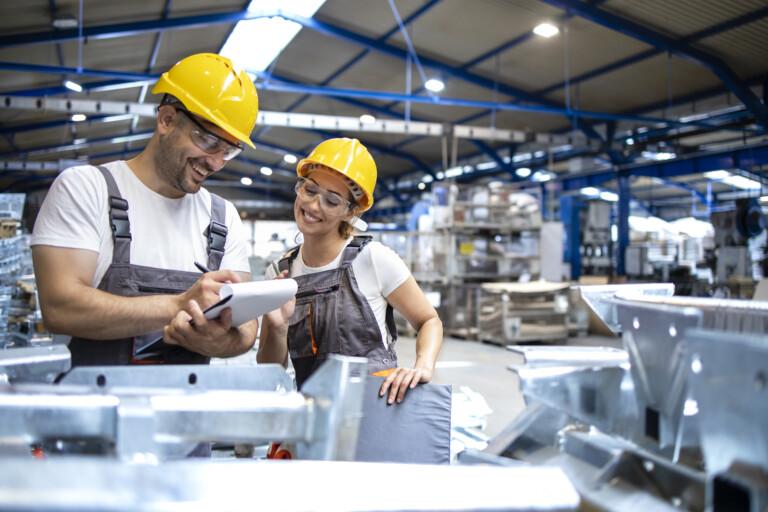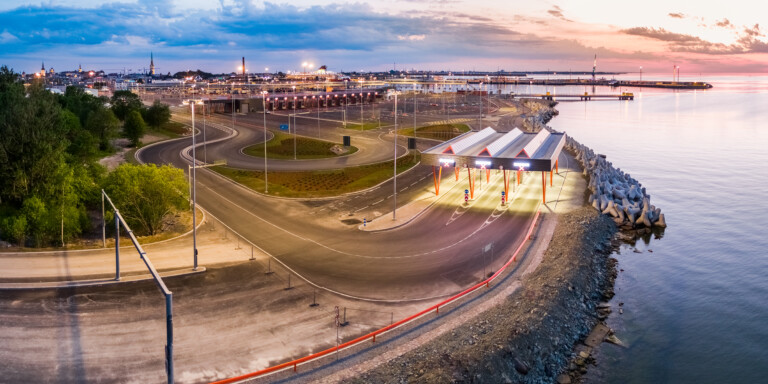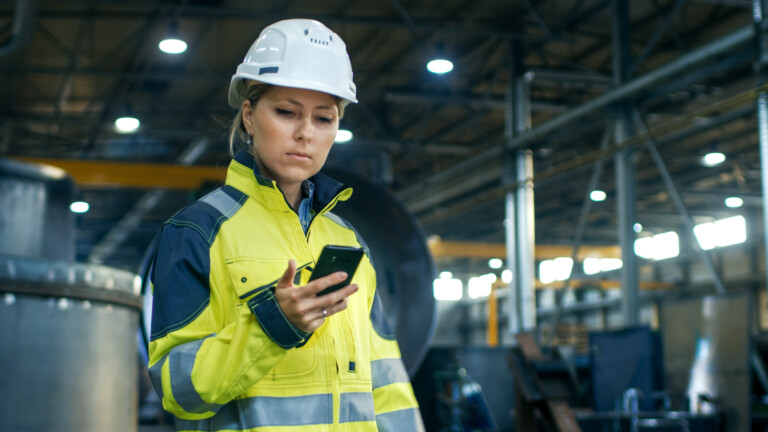Article
by Kristina Valter, Solution Owner
Transforming transportation systems for smarter ports and cities
Besides changing vehicles and how we direct them (think about self-driving cars), technology is also transforming city transport infrastructures, forcing them to become an integral part of any smart city.
Intelligent transportation systems (ITS) are used everywhere from parking lots to roads to traffic lights, enabling the collection and exchange of information in order to make commuting faster and safer, and logistics more convenient and easier to maintain.
Port cities as smaller “ecosystems” that can be efficient test beds for ITS before applying solutions elsewhere, was an idea that resonated strongly at the latest ITS European Congress and Exhibition on Intelligent Transport Systems and Services. One of the strong advocates for this seemed to be Steffen Rasmussen, Head of the Department of Traffic and Urban Life, Copenhagen.
I couldn’t agree more, especially as we at Nortal have been working on a Smart Port solution for the Port of Tallinn. We’ve seen immense struggles in Tallinn where streets in some areas are often clogged with trucks, making commuting very difficult for ordinary citizens.
Our Smart Port solution was built to simplify and accelerate processes so that the Port of Tallinn, which due to physical limitations cannot expand geographically, could service increasing volumes of passengers and vehicles.
At the congress, a representative of Siemens discussed a similar challenge when they tried to solve the problem of larger cargo flows – which automatically meant more traffic – between the port and the city. Truck drivers were taking over both the port’s parking area and the roads connected to the city.
To solve the issue, a more intelligent way of orchestrating the movement of big trucks was needed. A smart parking system was created to inform the drivers which parking lots had vacancies, so that drivers wouldn’t have to make any unnecessary maneuvers in the city. Drivers also gained access to traffic information systems that calculated routes based on possible obstacles. Integrated truck guidance was set up using the GPS position of each truck and estimated time of arrival to port, as well as an intelligent traffic light system.
Finding efficient solutions for increasing traffic flows is essential for the convenience of citizens, truck drivers and port operators. Therefore, intelligent and integrated transportation solutions should be the future of all ports and cities. Only so much can be done through hard infrastructure, the rest is making it smart.
The future of cities and ports lies in the cooperation between integrated traffic, infrastructure and data. At the moment, the data is coordinated by people, but in the future, digital information sharing is expected to improve processes.
However, the biggest challenge that lies ahead for smart cities and ports, is transparency. We have the data but there is no framework for what and how much to share with third parties.
Get in touch
Let us offer you a new perspective.


